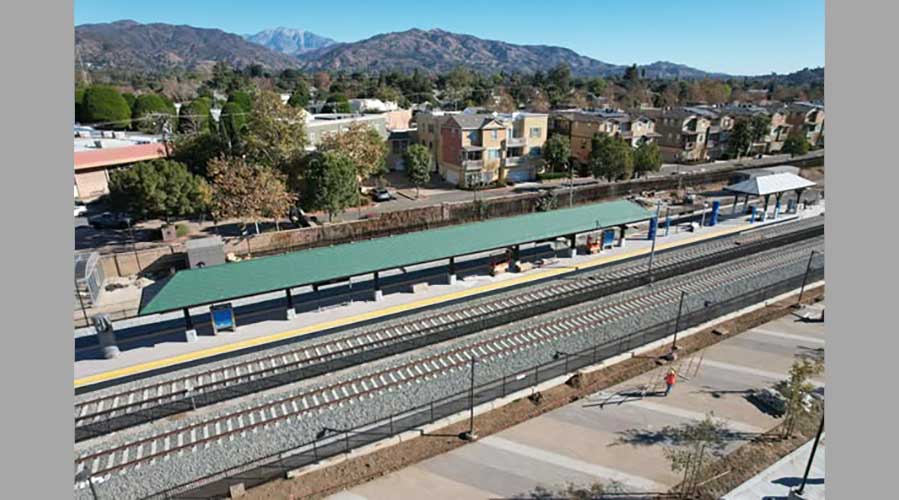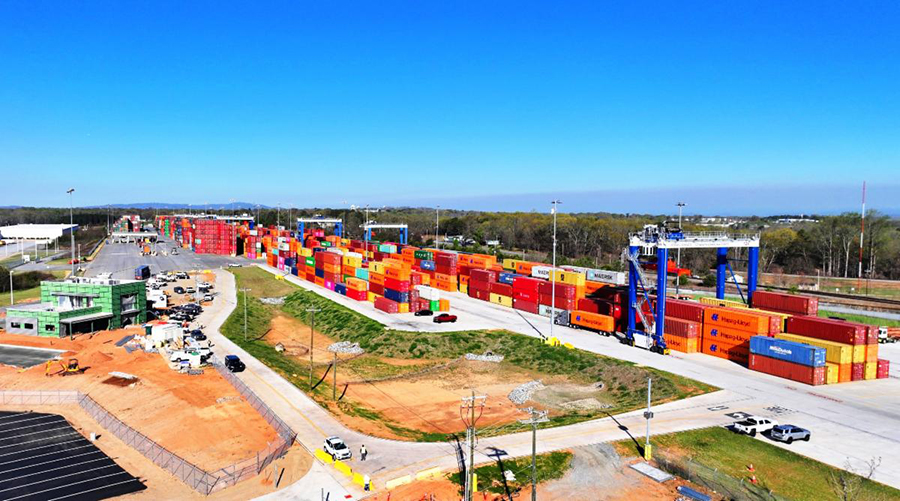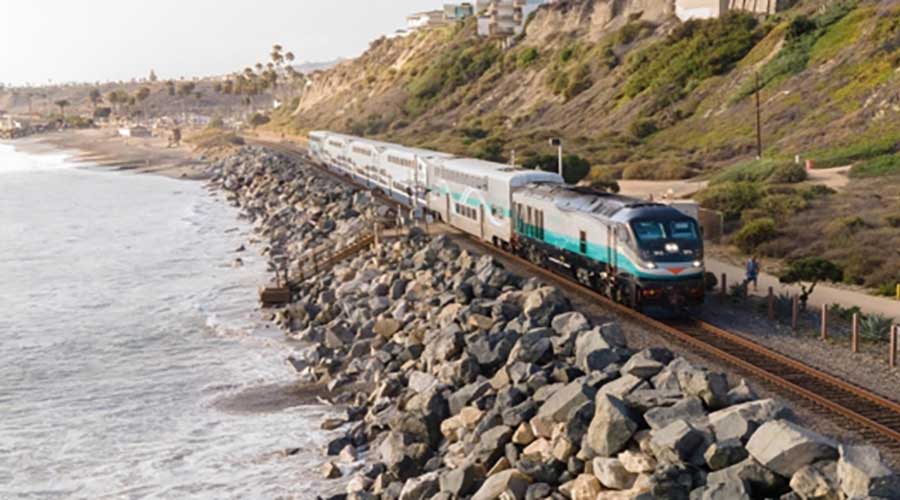Newsletter Sign Up
Stay updated on news, articles and information for the rail industry
Stay updated on news, articles and information for the rail industry
Rail News Home
Rail Industry Trends
Rail News: Rail Industry Trends
5/12/2009
Rail News: Rail Industry Trends
SAFETEA-LU reauthorization debate will drag on into September, Stifel Nicolaus' Larkin says
advertisement
The reauthorization of the federal surface transportation bill likely be debated for the rest of the current fiscal year, which ends Sept. 30, Stifel Nicolaus Co. Inc. analyst John Larkin said in a research note issued Monday.
Larkin hosted a conference call Friday regarding potential changes to truck regulations with guest speaker Oliver Patton, the Washington editor of Heavy Duty Trucking magazine. Rep. James Oberstar (D-Minn.) is pushing to have a six-year reauthorization bill prepared by the beginning of June, but that it’s unlikely that the House and Senate will agree on a measure before the existing bill expires, Larkin said in the note, which summarized the call.
The major sticking points include the size of the appropriation (the current bill is $286 billion and Oberstar reportedly is considering $450 billion) and funding mechanism (options include increasing the national fuel tax — which isn’t likely — tolls, public-private partnerships, vehicle miles taxes, etc.).
A national freight transportation policy is a definite possibility since the U.S. Department of Transportation is working on a study to develop a plan that “attempts to optimize freight flows across our country,” while also being realistic about highway and rail infrastructure, Larkin noted.
“This freight policy could be dovetailed with the surface transportation reauthorization bill to attempt, at least, to allocate the dollars in such a way as to allow for an efficient freight transportation system,” Larkin said.
He believes such a system would allow room for economic expansion while minimizing logistics costs, maximizing energy self-sufficiency and minimizing the system's carbon footprint.
In addition, more rules and regulations likely are forthcoming under the new Administration, including a different enforcement of hours-of-service rules and tougher drug-testing methodology. Truck size and weight laws also could be revised, Larkin said.
Patton's remarks during the conference call “reinforced our notion that government regulation of the trucking industry is going to be more extensive in the future,” he said. “The sum total of all the laws, rules and regulations currently implemented or proposed would have the net effect of further reducing freight transportation capacity.”
— By Desiree J. Hanford. A Chicago-based free-lance writer, Hanford covered the equities market, including transportation, for Dow Jones & Co. for 10 years.
Larkin hosted a conference call Friday regarding potential changes to truck regulations with guest speaker Oliver Patton, the Washington editor of Heavy Duty Trucking magazine. Rep. James Oberstar (D-Minn.) is pushing to have a six-year reauthorization bill prepared by the beginning of June, but that it’s unlikely that the House and Senate will agree on a measure before the existing bill expires, Larkin said in the note, which summarized the call.
The major sticking points include the size of the appropriation (the current bill is $286 billion and Oberstar reportedly is considering $450 billion) and funding mechanism (options include increasing the national fuel tax — which isn’t likely — tolls, public-private partnerships, vehicle miles taxes, etc.).
A national freight transportation policy is a definite possibility since the U.S. Department of Transportation is working on a study to develop a plan that “attempts to optimize freight flows across our country,” while also being realistic about highway and rail infrastructure, Larkin noted.
“This freight policy could be dovetailed with the surface transportation reauthorization bill to attempt, at least, to allocate the dollars in such a way as to allow for an efficient freight transportation system,” Larkin said.
He believes such a system would allow room for economic expansion while minimizing logistics costs, maximizing energy self-sufficiency and minimizing the system's carbon footprint.
In addition, more rules and regulations likely are forthcoming under the new Administration, including a different enforcement of hours-of-service rules and tougher drug-testing methodology. Truck size and weight laws also could be revised, Larkin said.
Patton's remarks during the conference call “reinforced our notion that government regulation of the trucking industry is going to be more extensive in the future,” he said. “The sum total of all the laws, rules and regulations currently implemented or proposed would have the net effect of further reducing freight transportation capacity.”
— By Desiree J. Hanford. A Chicago-based free-lance writer, Hanford covered the equities market, including transportation, for Dow Jones & Co. for 10 years.


 LRW Honors Amtrak’s Acheson As Railway Woman Of The Year
LRW Honors Amtrak’s Acheson As Railway Woman Of The Year
 From Editor-In-Chief Foran: Of Gender Equity And Inclusion
From Editor-In-Chief Foran: Of Gender Equity And Inclusion
 Spotlight On Some Of Today’s Rail Safety Products
Spotlight On Some Of Today’s Rail Safety Products
 Women of Influence in Rail eBook
Women of Influence in Rail eBook
 railPrime
railPrime







